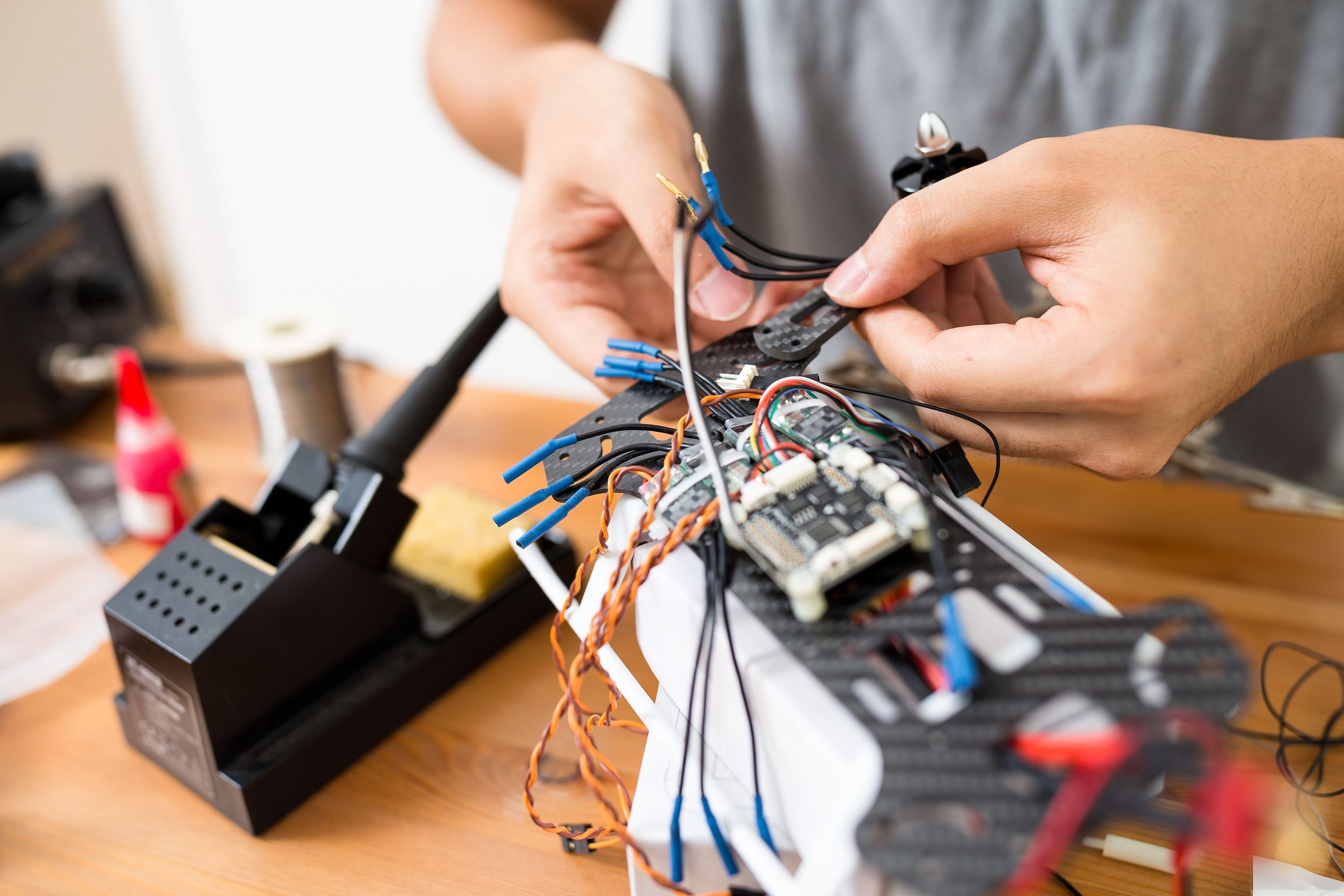The UK sports industry is always on the search for innovative ways to gain a competitive edge, and drone technology is proving to be a game-changer. The use of drone footage in sports clubs is revolutionizing the way tactics are analysed and improved. This article explores how UK sports clubs embrace this technology and how it is reshaping training methods, team tactics and overall performance.
The Rise of Drone Use in Sports Analysis
The world of sports has seen a rapid increase in the use of drone technology. Sports clubs are now leveraging drone footage to gain a fresh perspective on their tactics and strategies. Drones offer an aerial view that is impossible to achieve with traditional cameras, thus providing a comprehensive overview of team formations, player movements and game flow.
Also to discover : What are the benefits of integrating sports psychology in the training regimen of UK snooker players?
Drone footage is particularly useful in sports where spatial awareness and player positioning are crucial, such as football, rugby, and hockey. With a bird’s eye view of the field, coaches can dissect team tactics in new and innovative ways.
This technology provides an objective, unobstructed view of the game, allowing coaches to pinpoint areas of strength and weakness in their team’s tactics. By studying the footage, they can analyze the team’s positioning, movement, and timing, and make necessary adjustments to improve performance.
Topic to read : What are the best practices for handling homesickness in UK athletes at training camps?
Enhancing Team Tactics with Drone Footage
Understanding how to effectively implement team tactics is vital for any sports club, and drone footage offers a unique opportunity to do so. By using drones, teams can capture high-resolution video footage from above the pitch, providing a fresh perspective on their tactics and formations.
This allows coaches to analyze their team’s performance in real-time, identify gaps in their tactical approach, and make timely adjustments. For example, in football, a coach can use drone footage to observe how a defensive line is holding up against attacking plays or how effectively the midfield is controlling the pace of the game.
Moreover, drone footage allows for post-game analysis. Coaches can replay the footage as many times as needed to understand and learn from the team’s performance. This makes it possible to develop targeted training sessions to address specific tactical issues identified during the review.
Drone Footage for Player Development
Not only can drone footage be used to improve team tactics, but it also has significant benefits for individual player development. By studying the footage, players can gain valuable insights into their own performance and identify areas for improvement.
Players can use the footage to examine their positioning, movement, and decision-making in different game scenarios. This visual feedback is often more effective than traditional verbal or written feedback, as players can directly see what they did right or wrong during a game.
For instance, a rugby player can use drone footage to review their tackling technique or their position during scrums. Similarly, a goalkeeper in a football team can study the footage to improve their positioning and reaction times during penalty kicks.
The Impact of Drone Technology on Sports Broadcasting
Beyond coaching and player development, drone technology also has significant implications for sports broadcasting. It allows broadcasters to capture unique angles and perspectives that were previously unattainable, enhancing the viewing experience for fans.
High-quality drone footage can make viewers feel as if they are in the middle of the action. This added dimension to sports broadcasting is not only appealing to viewers but also beneficial to analysts and commentators who can use the footage to provide more detailed and insightful game analysis.
Implementing Drone Technology in Sports Clubs
Despite the clear advantages of using drone footage in sports analysis, implementing this technology requires careful planning and consideration. Sports clubs must take into account factors such as cost, safety, privacy regulations, and the training required to operate the drones.
It’s crucial for clubs to follow the UK Civil Aviation Authority’s regulations for drone use, including acquiring the necessary permissions and ensuring that drone operators are properly trained and certified. Furthermore, clubs must ensure that the use of drones does not invade the privacy of players, staff, or spectators.
In conclusion, drone technology represents a significant opportunity for UK sports clubs to enhance their team tactics and player development. With the right approach and adherence to regulations, the benefits that this technology brings to the table can be a game-changer for many teams.
Utilising Drone Footage for Decision Making
In the high-octane world of sports, every minute detail can have a significant impact on the overall team performance. The use of drone footage is increasingly playing a crucial role in the decision-making processes of UK sports clubs. The detailed aerial views provided by drones can be used to facilitate tactical decisions, both during game play and in planning future strategies.
The real-time footage can help coaches make in-game adjustments. For instance, if a rugby team is continuously losing line-outs, coaches can analyse the drone footage to determine whether the issue lies in timing, positioning, or execution. They can then relay this information to the players, who can adjust their tactics accordingly.
Similarly, drone footage can also play a pivotal role in pre-game planning. By analysing the drone footage of opponents’ previous games, coaches can identify patterns and trends in their strategies, which can be used to tailor their own team’s tactics. For example, if the opponent’s football team often uses long balls to bypass midfield, coaches can instruct their defenders to drop back in anticipation.
Drone technology also enhances the ability to track and monitor player fitness and performance over time. Coaches can use the footage to assess the effectiveness of training regimens and adjust them as necessary to maximise player fitness and performance levels.
Conclusion: The Future of Drone Usage in Sports Clubs
The use of drone technology in UK sports clubs is more than just a passing trend; it is a revolutionary tool that is drastically reshaping how teams train, strategise, and perform. From aiding in tactical decision-making to providing invaluable insights for player development, drone footage is becoming an indispensable part of modern sports analysis.
However, the journey hasn’t been without its challenges. The implementation of drone technology requires substantial investment, both in terms of financial cost and time spent on training personnel. There are also significant legal and ethical considerations to acknowledge, particularly regarding privacy rights and safety regulations.
Despite these challenges, the potential benefits of drone technology far outweigh the drawbacks. As long as sports clubs adhere to the necessary guidelines and employ a thoughtful, measured approach to implementation, the use of drone technology will continue to revolutionise the sports industry.
Looking ahead, it is plausible to envision a future where drone technology becomes as integral to sports as the players themselves. As drone technology continues to evolve and improve, its application in sports will also expand, offering teams even more innovative ways to enhance their performance and gain a competitive edge.











